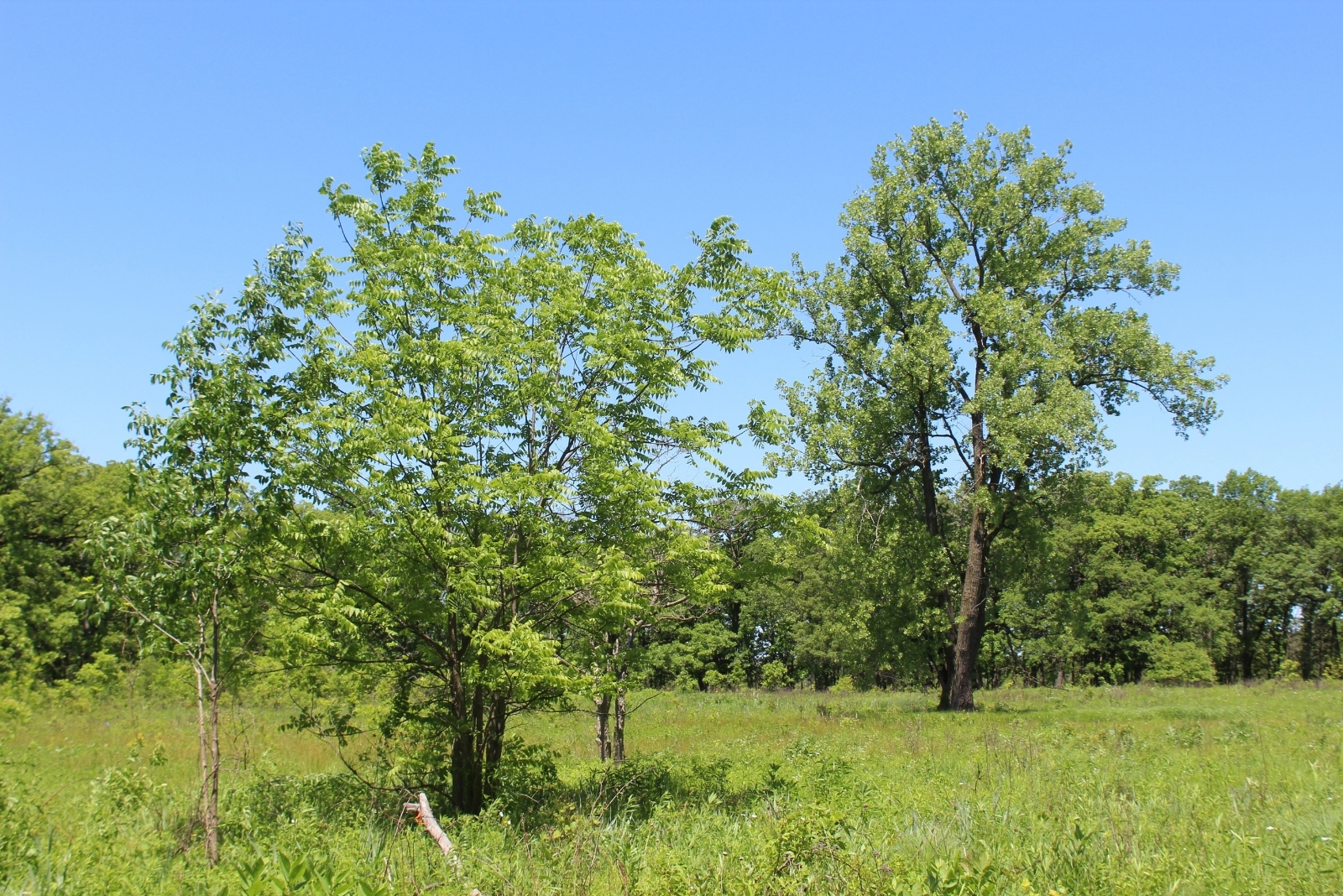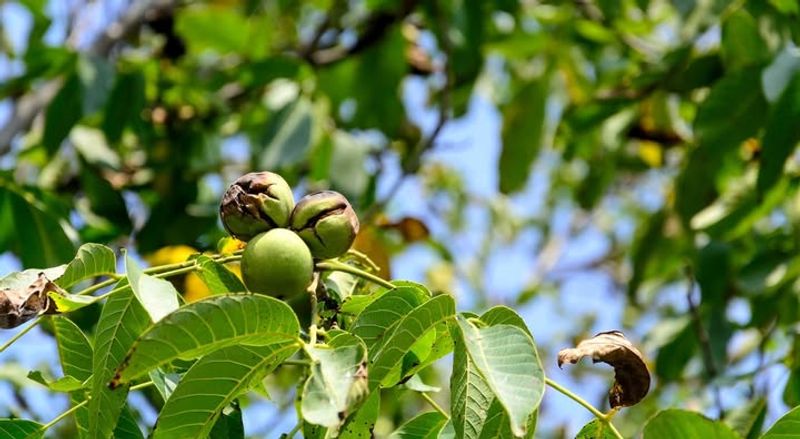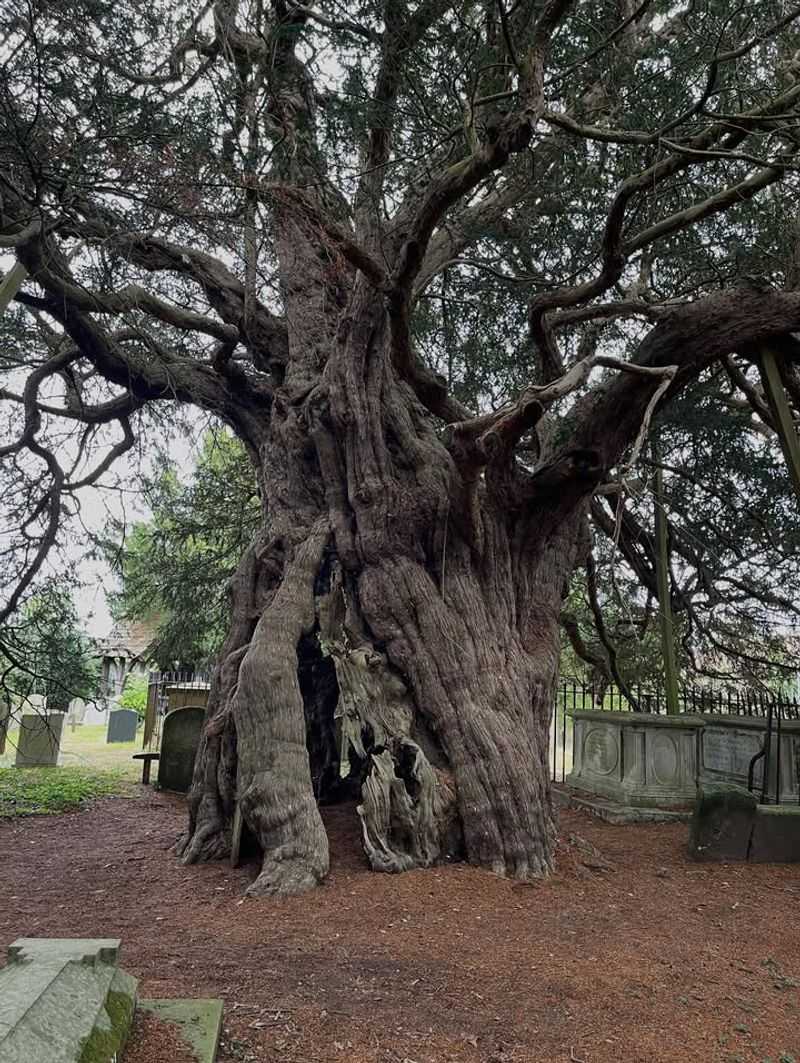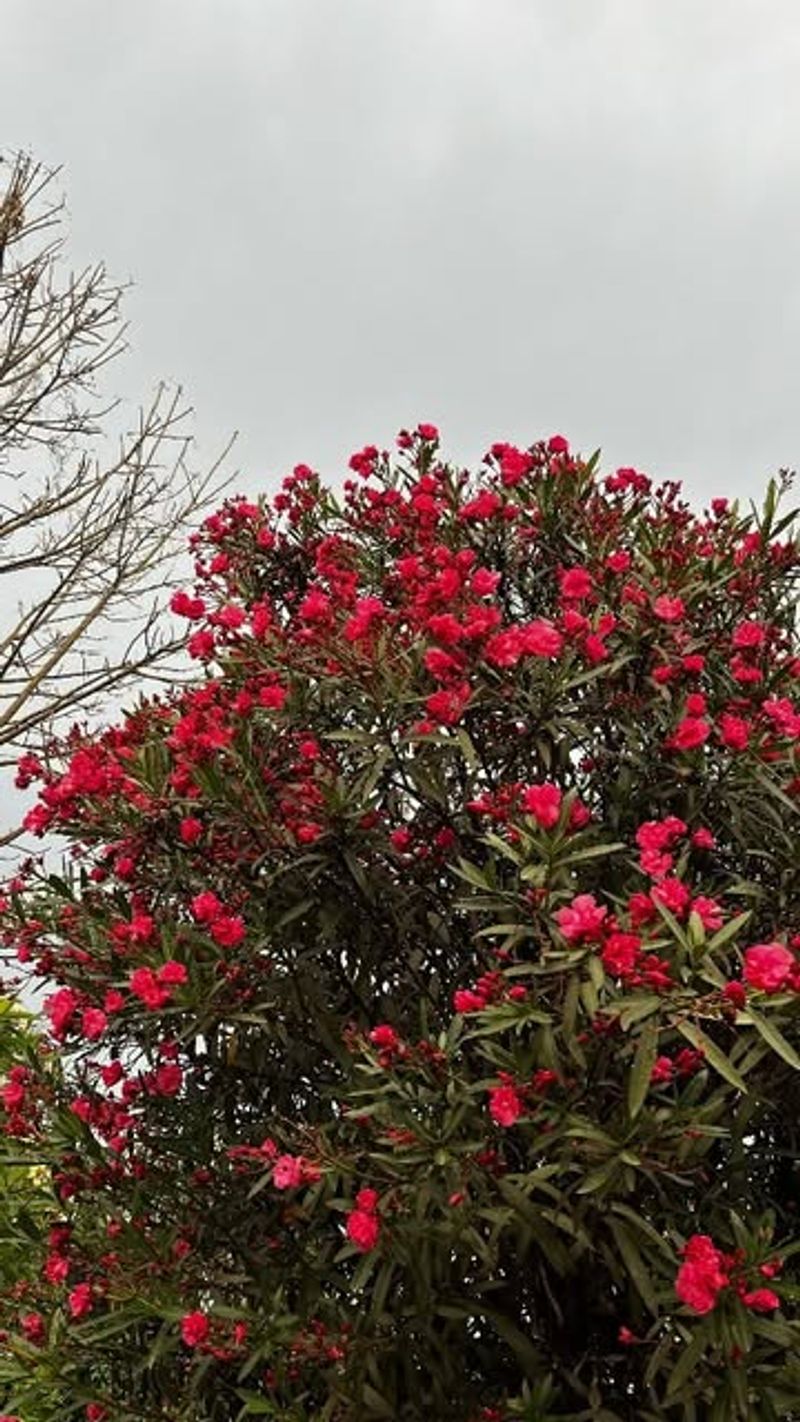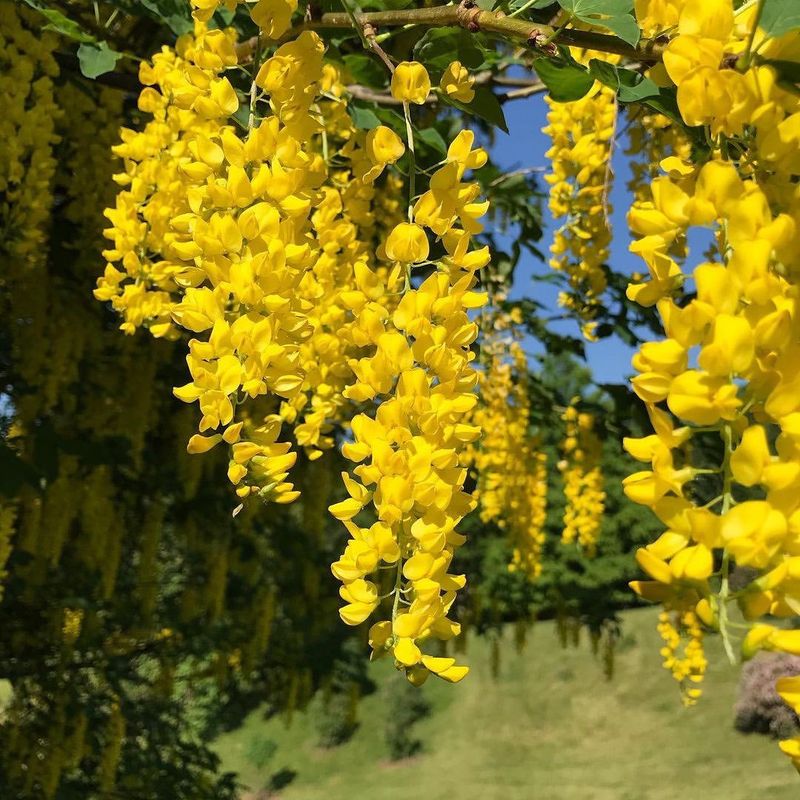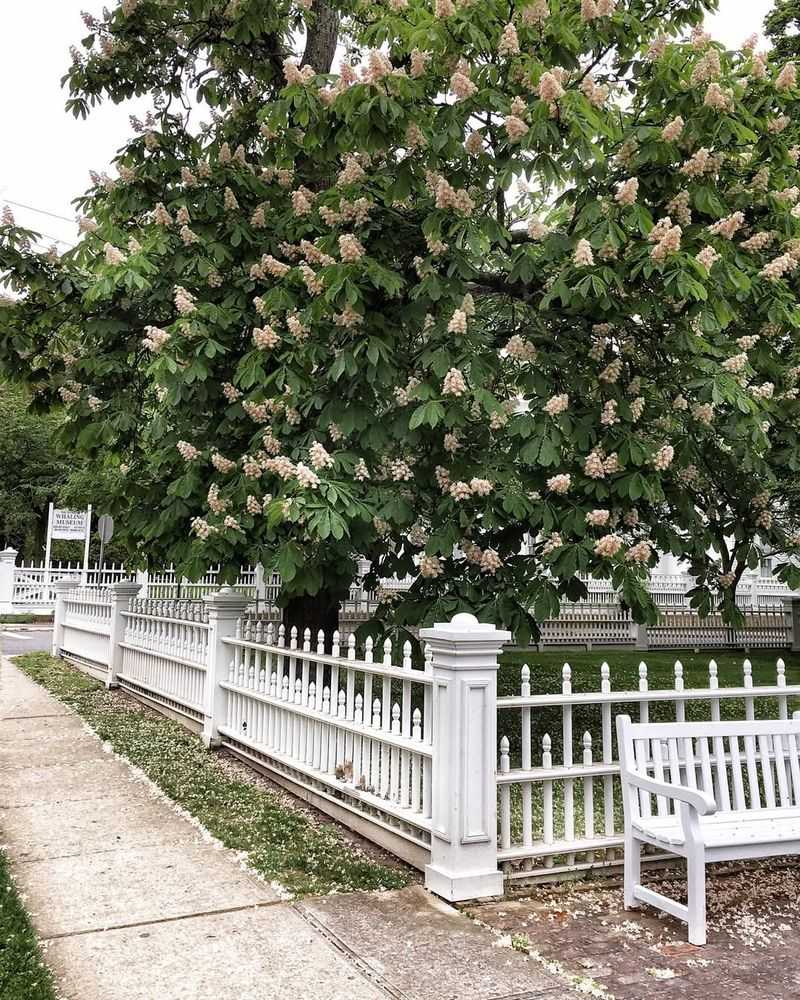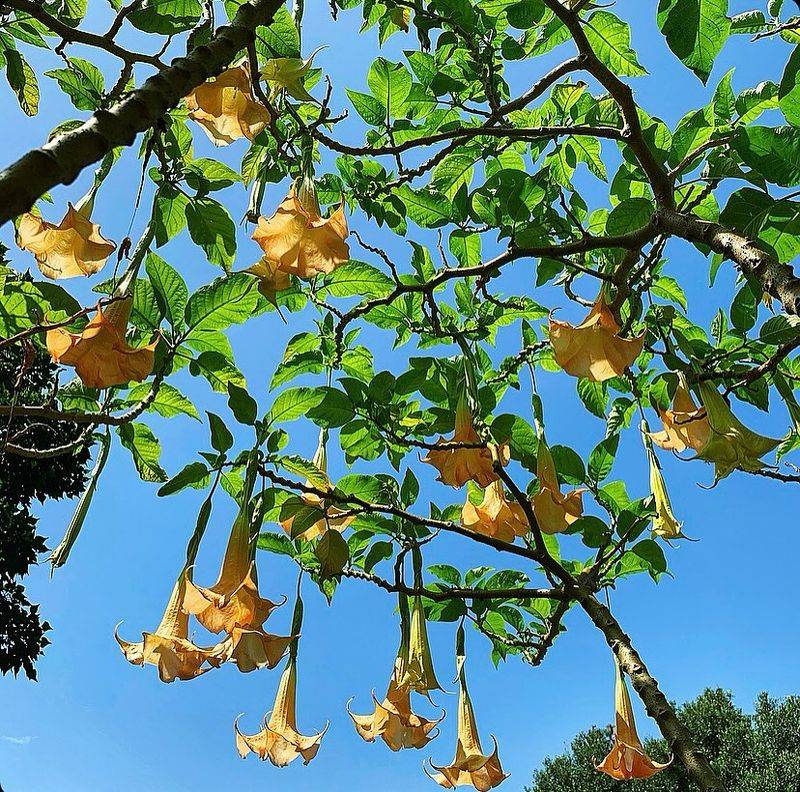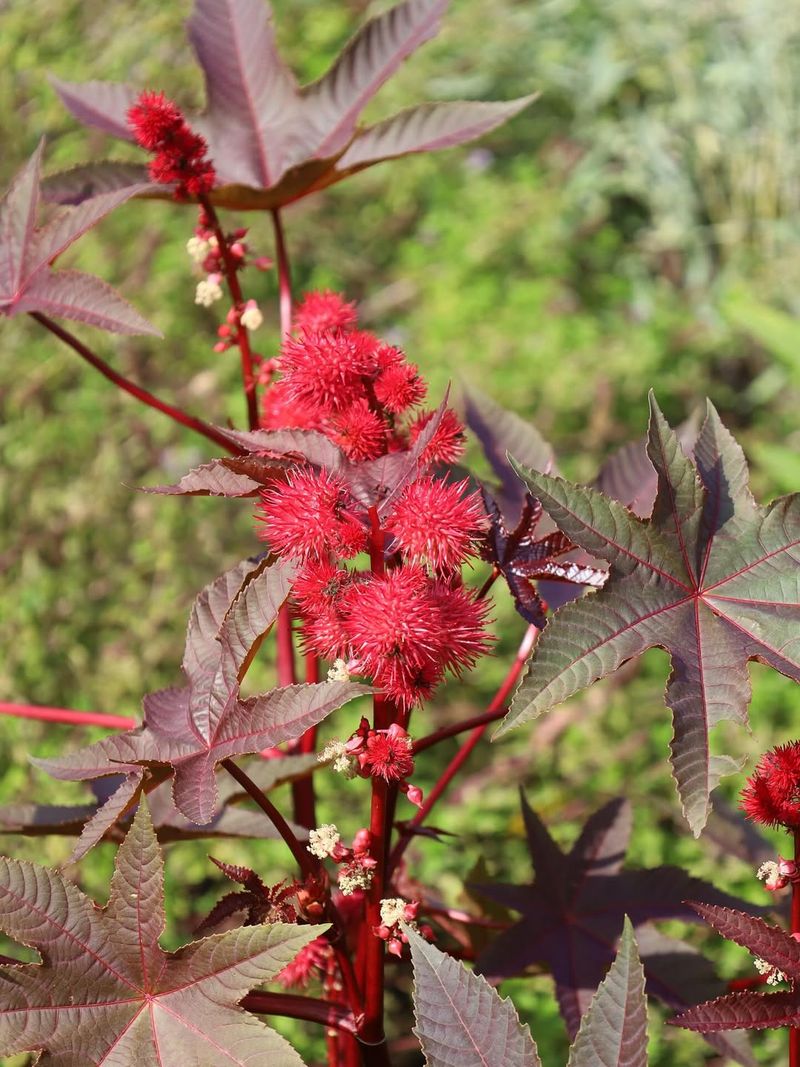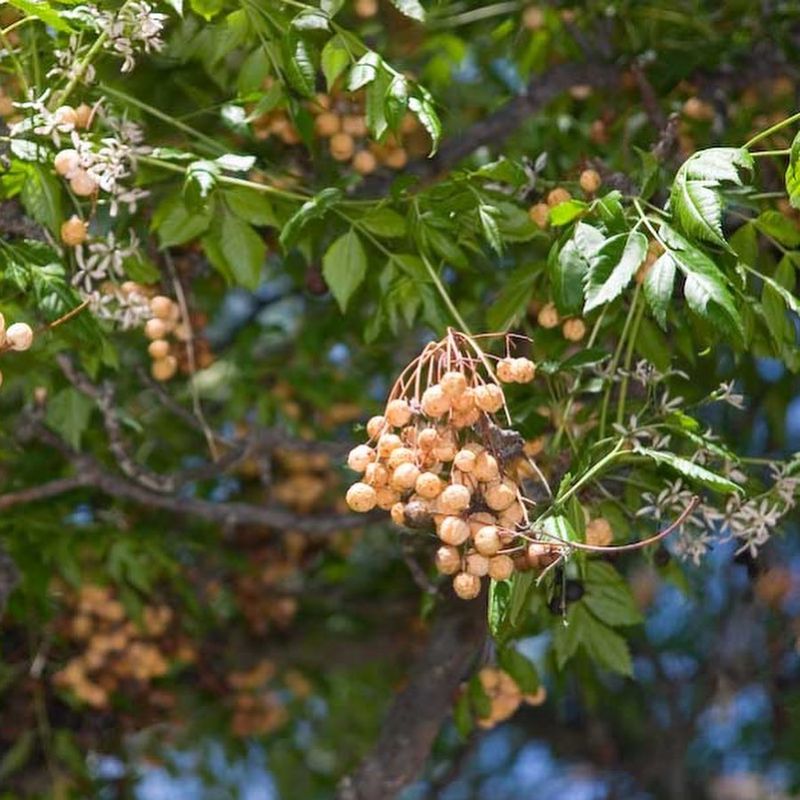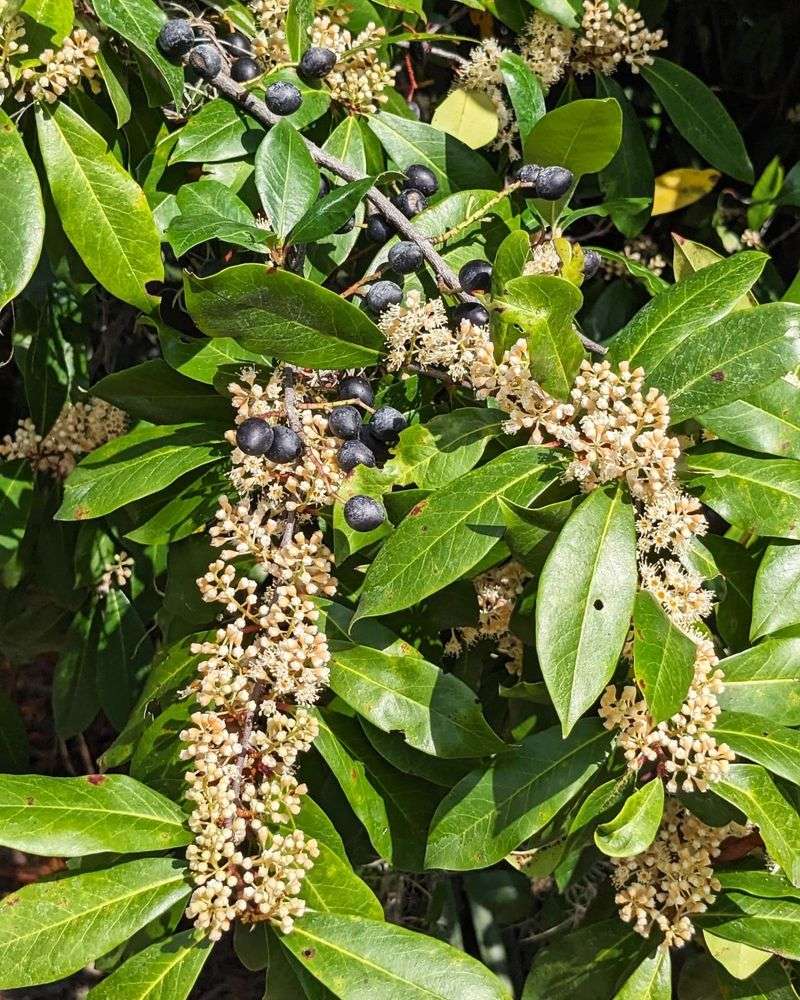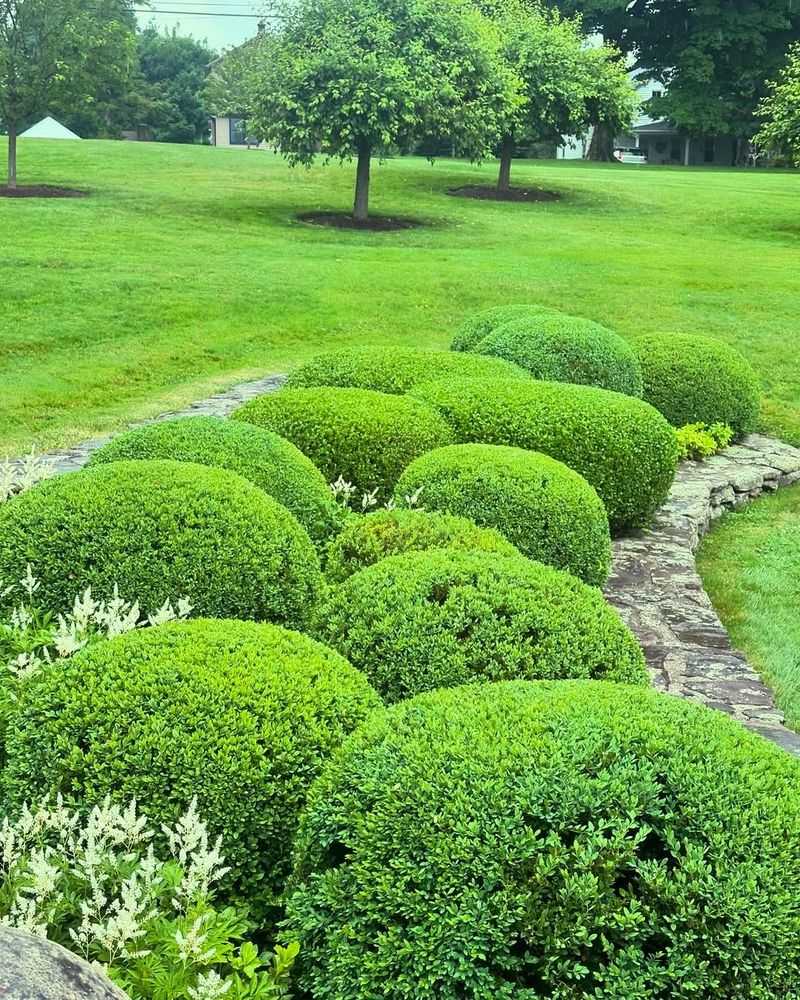Not every tree belongs in a Colorado garden, and some can actually do more harm than good. Toxic varieties can hurt wildlife, pets, and even the soil around them.
Gardeners who unknowingly plant them often end up with headaches down the road. Let’s point out the trees that Colorado gardeners should definitely skip.
1. Black Walnut
Ever noticed how nothing grows under these majestic trees? They release juglone, a natural chemical toxic to many plants. Colorado gardeners often discover this the hard way when their garden beds fail.
The nuts can cause intestinal distress if consumed by pets, adding another reason to avoid them in family yards across the Centennial State.
2. Yew
Nearly every part contains taxine alkaloids that can stop a heart within hours if ingested. These evergreens might look innocent with their bright red berries, but they’re among the most dangerous plants in Colorado landscapes.
Even a small amount can be fatal to children and pets, making them a risky choice for family gardens throughout the Rocky Mountain region.
3. Oleander
With stunning pink flowers that brighten many Southern Colorado gardens, few realize this ornamental contains cardiac glycosides. Just one leaf can be fatal to a child.
Even burning oleander releases toxic smoke, creating hazards during Colorado’s fire season when yard waste might end up in burn piles.
4. Golden Chain Tree
Hanging clusters of yellow flowers make this tree irresistible, but don’t be fooled by its beauty. All parts contain cytisine, causing severe vomiting and convulsions if eaten.
Colorado’s windy conditions can spread fallen seeds throughout neighborhoods, creating unexpected hazards for children and pets exploring Front Range yards.
5. Horse Chestnut
Kids love collecting the shiny brown nuts in fall, unaware they contain aesculin, a dangerous toxin. Colorado families often mistake these for edible chestnuts with painful consequences.
The large canopy makes them tempting shade trees for hot Colorado summers, but the risk to curious children and pets makes them poor choices for home landscapes.
6. Angel’s Trumpet
Those gorgeous hanging trumpet flowers contain deadly scopolamine and atropine. Even brushing against the leaves can cause skin irritation for sensitive individuals working in their Colorado gardens.
Despite being marginally hardy in protected areas of the Centennial State, these plants pose too great a risk, especially in households with children or pets.
7. Castor Bean
Growing rapidly in Colorado’s sunny gardens, this dramatic plant contains ricin—one of the most potent plant toxins known. The attractive spiky red seed pods fascinate children but hide deadly seeds.
Just one or two seeds can be lethal to a child, making this ornamental completely unsuitable for family gardens across the Rocky Mountain region.
8. Chinaberry
Bright yellow berries tempt birds and children alike, but contain neurotoxins that affect the nervous system. Colorado wildlife rehabilitators occasionally treat birds poisoned by these deceptively pretty fruits.
While they can survive in warmer parts of Colorado, their invasive nature and toxicity make them doubly problematic for conscientious Centennial State gardeners.
9. Cherry Laurel
Those glossy evergreen leaves release hydrogen cyanide when crushed or damaged. Many Colorado gardeners don’t realize pruning these ornamentals without gloves can cause skin irritation and breathing problems.
The attractive black berries contain cyanogenic compounds too, creating multiple hazards for families and wildlife throughout Colorado’s Front Range communities.
10. Boxwood
Popular in formal Colorado landscapes, few realize these tidy shrubs contain alkaloids toxic to dogs and horses. The dense foliage often tempts pets to chew or play with broken branches.
Winter damage in Colorado’s harsh climate can create brittle branches that snap easily, increasing exposure risk for curious pets exploring snow-covered garden beds.

